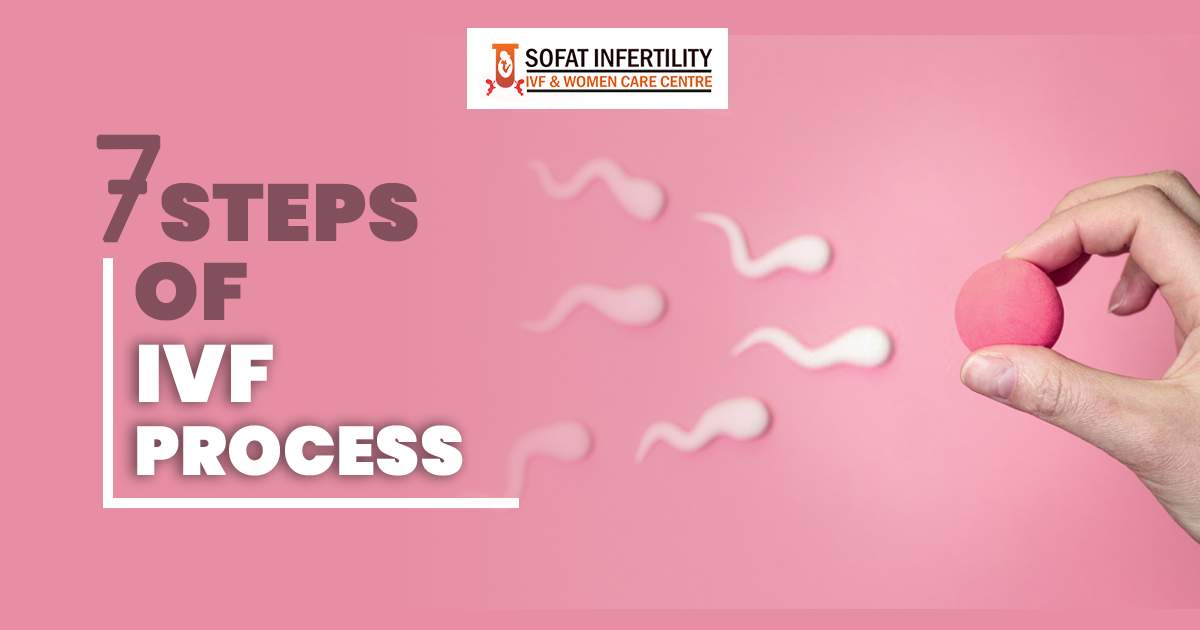IVF Process: Opting for an IVF is a major decision on the part of the couple. The situation before the treatment is not rosy either. If you want to opt for IVF in Punjab, it is recommended that you approach the Sofat Best IVF Center in Punjab, which offers the treatment with the latest techniques. In this post, we intend to focus on the IVF process by explaining it in 7 steps.
- Arrange a meeting with the fertility specialist
The meeting will be a turning point in your life. The appointment will pertain to the review of your information and discussion of the reports of previous tests. After answering your questions and handling your inquiry, the doctor will work out the strategy for proceeding with the treatment. She may suggest various tests to check the ovarian function and the condition of the uterus during the meet.
- Suppression of the natural menstrual cycle
After the initial meeting, the doctor will give the medication to the female for suppressing her natural menstrual cycle. The medication is generally delivered using 2 kinds of methods –injection or nasal spray. You will be required to take the medication for two weeks.
- Facilitation of the egg supply
After the suppression of your natural cycle, a fertility hormone called FSH will be given for 10-12 days. It increases the number of eggs produced in the female’s body. This is done to facilitate the production of more eggs so that the fertilization process can be applied to many eggs, thereby increasing the success rate of the treatment.
4. Evaluation
Routine check-ups including vaginal ultrasound scans and blood tests will be carried out to monitor the ovaries of the woman. One final injection will be given to help your eggs mature when the time is right.
5. Collection of eggs
This process requires sedation, after which the eggs will be collected from the ovary. The collection will be done by passing a needle from the vagina to the ovaries. It may sound uncomfortable but it is not exactly as invasive as it seems. It lasts only for 15-20 minutes.
6. Fertilization
After the egg collection, the eggs are allowed to interact with the sperms from your male partner or the donor (if involved). Before the fertilization process, the eggs are stored in a special medium. After two days of fertilization, embryos can be seen with two –six cells. One day later, they will progress to 7-9 cells. The womb is prepared for receiving the embryo by being injected with hormones. A pessary or gel may also be used for the same.
7 . Embryo Transfer
Once the embryo is mature enough, it is transferred to the womb via a catheter which is inserted through the vagina. In most of the cases, the process is carried out without sedation. The number of embryos transferred will depend on the woman’s age, though the figure will be discussed with the couple.
Women under thirty-seven can do with only a single embryo transfer. Doctors might usually use two embryos if one embryo doesn’t have high quality.
Again, women in the age group 37-39 should also opt for a single embryo transfer. A double embryo transfer is recommended if the embryos are not of good quality.
Women in the age group of 40 -42 may opt for a double embryo transfer if the situation demands. For suitable embryos that are leftover, they can be frozen for further attempts.







